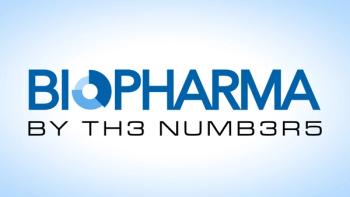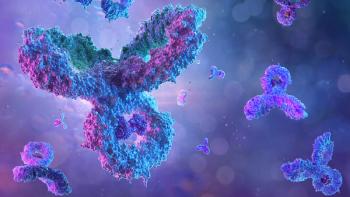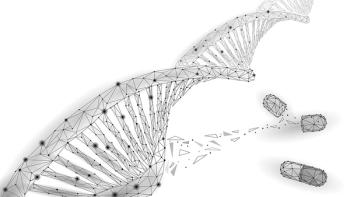
The Status of Pharma R&D
Data has highlighted the pharma industry's high rate of Phase III drug terminations and significantly reduced research and development (R&D) spending. According with Thomson Reuters, 2008?2010 saw more than double the number of Phase III terminations compared to 2005?2007, while pharmaceutical R&D spend, in general, hit a three-year low in 2010. The information has been published in the 2011 edition of the Pharmaceutical R&D Factbook, compiled by Thomson Reuters? CMR International unit. A press statement from Thomson Reuters also added that the clinical trials dropout rate is at ?unsustainable levels.?
Data has highlighted the pharma industry’s high rate of Phase III drug terminations and significantly reduced research and development (R&D) spending. According with Thomson Reuters, 2008–2010 saw more than double the number of Phase III terminations compared to 2005–2007, while pharmaceutical R&D spend, in general, hit a three-year low in 2010. The information has been published in the 2011 edition of the Pharmaceutical R&D Factbook, compiled by Thomson Reuters’ CMR International unit. A
More than 50 Phase III trials were terminated in 2010 and the number of drugs entering Phase III also fell by 55%. It’s not just the final hurdle that drugs are failing at either; the number of drugs entering Phase I and Phase II trials also fell by 47% and 53% respectively in 2010 compared with previous years. Overall, spending on pharmaceutical R&D in 2010 was estimated at $68 billion, compared with $70 billion in both 2008 and 2009. One of the only therapeutic areas seeing an increase in the number of potential new drugs is anticancer.
“For the first time, drug companies are reducing costs in their R&D [organizations] and I believe we will see that trend continue,” Hans Poulsen, head of life sciences consulting at Thomson Reuters, explained in a
The release added that the decrease in R&D expenditure reflects the growing disillusionment with poor returns on pharmaceutical R&D, and stated, “Disappointing research productivity is arguably the biggest single factor behind the declining valuations of the sector over the past decade.”
According to the Factbook, more than 110 drugs will lose patent exclusivity in the US, including 14 blockbuster products. Many companies have adopted strategies geared towards in-licensing or acquiring compounds, but self-originated drugs have a 20% higher chance of making it to market.
“High failure rates continue to be of great concern to the industry and this is compounded by the decrease in NMEs,” Phil Miller, product director at Thomson Reuters, said in a press release. “The strategy of Big Pharma to in-license more drugs for development does not appear to be paying off at present. An earlier focus on clearing out weak drug candidates will be instrumental to successfully progressing drugs to market.”
Newsletter
Stay at the forefront of biopharmaceutical innovation—subscribe to BioPharm International for expert insights on drug development, manufacturing, compliance, and more.





